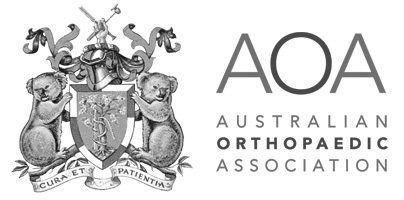Shoulder Reconstruction
Anatomy of the Shoulder
The shoulder joint is a ball and socket joint. A 'ball' at the top of the upper arm bone (the humerus) fits neatly into a 'socket', called the glenoid, which is part of the shoulder blade (scapula). The labrum is a ring of fibrous cartilage surrounding the glenoid, which helps in stabilizing the shoulder joint. The biceps tendon is attached inside the shoulder joint at the superior labrum of the joint. The biceps tendon is a long cord-like structure that attaches the biceps muscle to the shoulder and helps to stabilize the joint.
Conservative Treatment of Shoulder Labral Tears
Your doctor may start with conservative approaches such as prescribing anti-inflammatory medications and advise rest to relieve symptoms. Rehabilitation exercises may be recommended to strengthen the rotator cuff muscles. If the symptoms do not resolve with these conservative measures, your doctor may recommend arthroscopic surgery.
Surgical Treatment of Shoulder Labral Tears
During arthroscopic surgery for SLAP tears, your surgeon examines the labrum and the biceps tendon. If the damage is confined to the labrum without involving the tendon, then the torn flap of the labrum will be removed. In cases where the tendon is also involved or if there is detachment of the tendon, absorbable wires or sutures will be used to repair and reattach the tendon.
Bankart lesion is repaired by a Bankart operation. In this procedure, the Bankart tear is repaired by reattaching the labrum and the capsule to the anterior margin of the glenoid cavity. Your surgeon makes a few small incisions around the joint. Through one incision, an arthroscope is inserted into the shoulder to visualize the inside of the shoulder joint. Other surgical instruments are inserted through the other incisions to re-attach the labrum to the glenoid with the help of sutures or anchoring devices. The arthroscope and surgical instruments are removed and the incisions are closed. A see-through sterile dressing is then placed over the incision.
Our doctors Pourgiezis does not use drains, staples or other devices that may form a communication between the clean joint replacement and environment. This reduces the risk of infection as improves postoperative mobility.
Postoperative Care for Shoulder Labrum Reconstruction
Following the surgery, your shoulder is immobilized with a sling for a few days. To control pain and swelling, your physical therapist may use ice, electrical stimulation, massage therapy, and other hands-on treatments. Passive range of motion exercises is also initiated in the post-operative phase. Active range of motion exercises is started about 6 weeks after the repair, to regain your shoulder movement. Athletes can return to sports in about three months.





